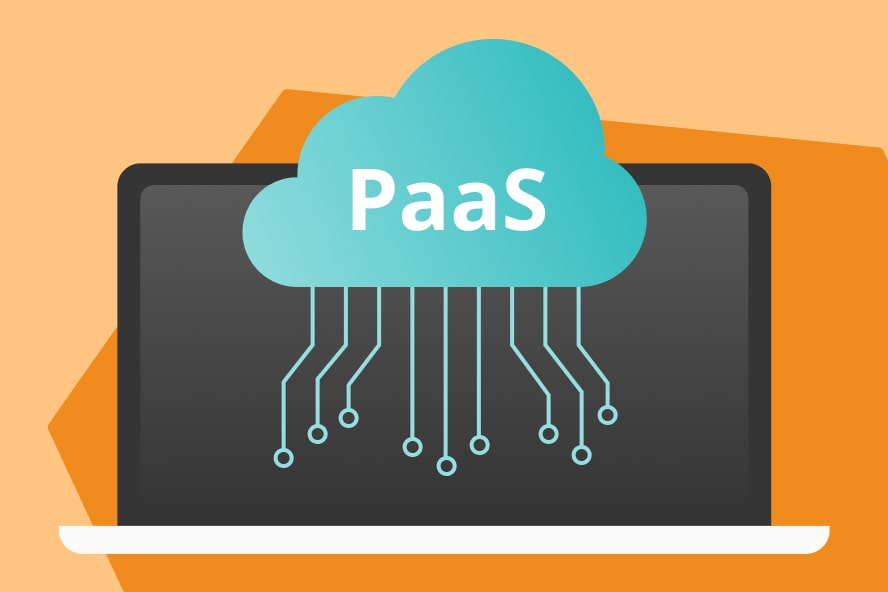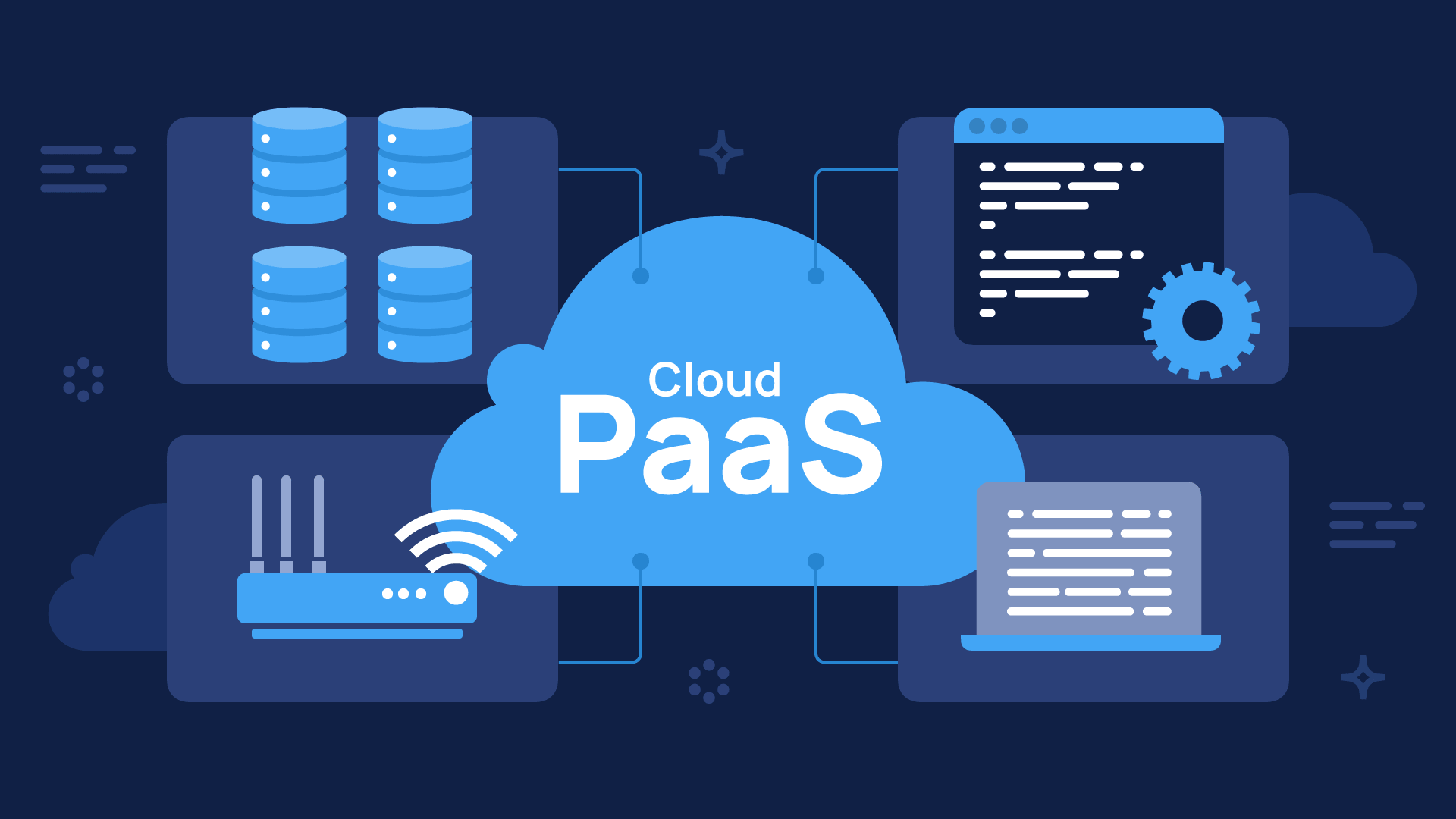In today’s fast-paced digital landscape, businesses are constantly seeking new ways to streamline operations, improve productivity, and enhance efficiency. Cloud computing has become a popular solution for many organizations looking to achieve these goals, offering scalability, flexibility, and cost-effectiveness. Platform as a Service (PaaS) is a key component of cloud computing that provides developers with a complete platform on which to build, deploy, and manage applications without the hassle of managing infrastructure.
What is PaaS?
Platform as a Service (PaaS) is a cloud computing model that provides a platform to develop, run, and manage applications entirely in the cloud. PaaS services typically include development tools, middleware, databases, and other resources needed to build and deploy applications. By leveraging PaaS, developers can focus on writing code and developing applications, rather than managing infrastructure and other operational tasks.
PaaS offers a range of benefits, including:
- Increased productivity: PaaS streamlines the development process by providing a complete development environment, including tools, libraries, and frameworks. This allows developers to focus on building innovative applications rather than setting up and managing infrastructure.
- Rapid prototyping: PaaS allows developers to quickly create and deploy applications, enabling them to test ideas, gather feedback, and iterate rapidly. This agility can help businesses stay ahead of the competition and respond to changing market demands.
- Cost savings: PaaS eliminates the need for organizations to invest in expensive infrastructure and hardware. With PaaS, businesses can scale resources up or down as needed, paying only for the resources they use.
- Scalability: PaaS platforms are designed to be highly scalable, allowing applications to easily handle increased workload and traffic. This scalability ensures that businesses can grow and expand without worrying about infrastructure limitations.
- Integration: PaaS platforms often provide integration with other cloud services, such as Software as a Service (SaaS) and Infrastructure as a Service (IaaS). This seamless integration simplifies the development process and allows developers to leverage multiple services to enhance their applications.
How does PaaS work?
PaaS works by providing developers with a platform on which to build, deploy, and manage applications. This platform typically includes development tools, runtime environments, databases, and other resources needed for application development. Developers can access these resources via a web browser or integrated development environment (IDE), allowing them to write code, test applications, and deploy them to the cloud.
PaaS platforms handle the underlying infrastructure, such as servers, storage, and networking, freeing developers from the complexities of managing these resources. This allows developers to focus on writing code and building innovative applications, rather than worrying about infrastructure maintenance and management.
PaaS platforms often provide a range of services, including:
– Development tools: PaaS platforms typically offer a suite of development tools, including code editors, debuggers, and version control systems. These tools help developers write, test, and debug code more efficiently.
– Runtime environments: PaaS platforms provide runtime environments for running applications, ensuring that applications run smoothly and efficiently. These environments may include programming languages, frameworks, and libraries needed to run applications.
– Database services: PaaS platforms often include database services for storing and managing application data. These services can be easily scaled to accommodate growing data volumes and provide high availability and reliability.
– Security features: PaaS platforms offer security features to protect applications and data from cyber threats. These features may include encryption, access controls, and monitoring tools to ensure the security of applications.
Overall, PaaS simplifies the development process by providing developers with a complete platform on which to build, deploy, and manage applications. By leveraging PaaS, organizations can accelerate application development, reduce costs, and improve productivity.

Common PaaS providers
There are several PaaS providers in the market, each offering a unique set of features and services. Some of the most popular PaaS providers include:
– Amazon Web Services (AWS) Elastic Beanstalk: AWS offers Elastic Beanstalk, a PaaS platform that allows developers to deploy and manage applications on the AWS cloud. Elastic Beanstalk supports multiple programming languages, including Java, .NET, Python, and Ruby, and provides easy integration with other AWS services.
– Microsoft Azure App Service: Azure App Service is Microsoft’s PaaS platform that enables developers to build, deploy, and scale web applications and APIs. Azure App Service supports multiple programming languages, including .NET, Java, PHP, and Node.js, and provides seamless integration with other Azure services.
– Google Cloud Platform (GCP) App Engine: GCP offers App Engine, a PaaS platform that allows developers to build and deploy scalable web applications on Google’s infrastructure. App Engine supports multiple programming languages, including Java, Python, and Go, and provides automatic scaling and load balancing for applications.
– Heroku: Heroku is a popular PaaS platform that allows developers to build, deploy, and manage applications using languages such as Ruby, Java, Node.js, and Python. Heroku provides a range of tools and services to streamline the development process and offers seamless integration with popular third-party services.
FAQs
What is the difference between PaaS and IaaS?
Infrastructure as a Service (IaaS) provides virtualized resources, such as servers, storage, and networking, to users on a pay-as-you-go basis. PaaS, on the other hand, offers a complete platform on which to build, deploy, and manage applications, including development tools, runtime environments, and databases. While IaaS provides infrastructure resources, PaaS provides a higher-level platform for application development.
Do I need to have programming skills to use PaaS?
While programming skills are recommended to fully leverage the capabilities of PaaS, some platforms offer low-code or no-code development tools that allow users to build applications without extensive programming knowledge. These tools provide visual interfaces, drag-and-drop functionality, and pre-built templates to simplify the development process for users with limited programming skills.
Can I use PaaS to deploy existing applications?
Yes, PaaS platforms support a wide range of programming languages and frameworks, allowing developers to deploy existing applications to the cloud. PaaS platforms provide tools and services to migrate applications to the cloud, ensuring seamless deployment and scalability.
Is PaaS suitable for small businesses?
Yes, PaaS is well-suited for small businesses looking to develop and deploy applications quickly and cost-effectively. PaaS platforms offer scalability, flexibility, and ease of use, making them ideal for businesses of all sizes. Small businesses can leverage PaaS to accelerate application development, reduce costs, and improve productivity.
How secure is PaaS?
PaaS platforms incorporate security features, such as encryption, access controls, and monitoring tools, to protect applications and data from cyber threats. PaaS providers adhere to strict security standards and compliance regulations to ensure the security of applications deployed on their platforms. However, users are also responsible for implementing security best practices, such as data encryption, secure code development, and regular security audits, to enhance the security of their applications.
Conclusion
Platform as a Service (PaaS) is a powerful cloud computing model that provides developers with a complete platform on which to build, deploy, and manage applications. PaaS offers a range of benefits, including increased productivity, rapid prototyping, cost savings, scalability, and integration with other cloud services. By leveraging PaaS, organizations can accelerate application development, reduce costs, and improve productivity. With a wide range of PaaS providers available in the market, businesses can choose the platform that best suits their needs and requirements. Whether you are a small business looking to develop applications quickly and cost-effectively or a large enterprise seeking to innovate and stay ahead of the competition, PaaS can help you achieve your goals in the cloud.
